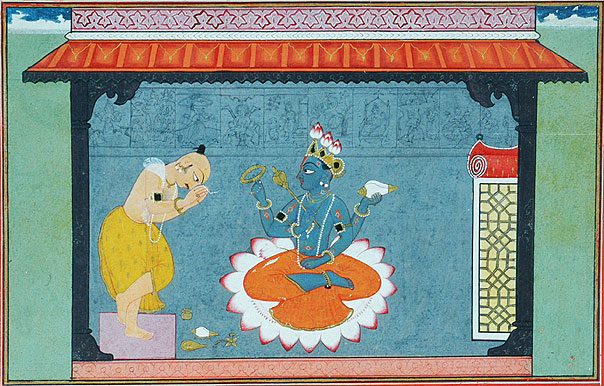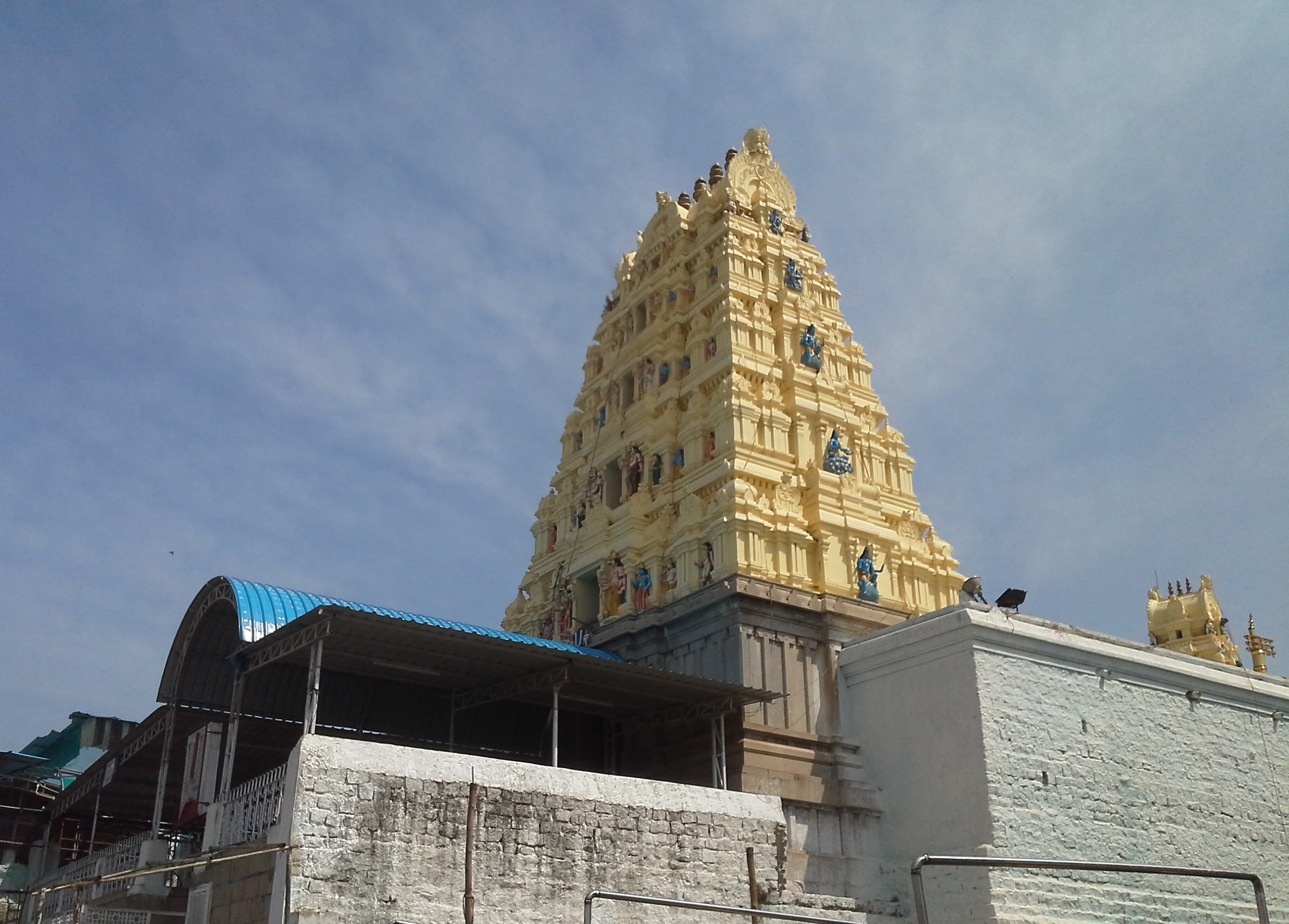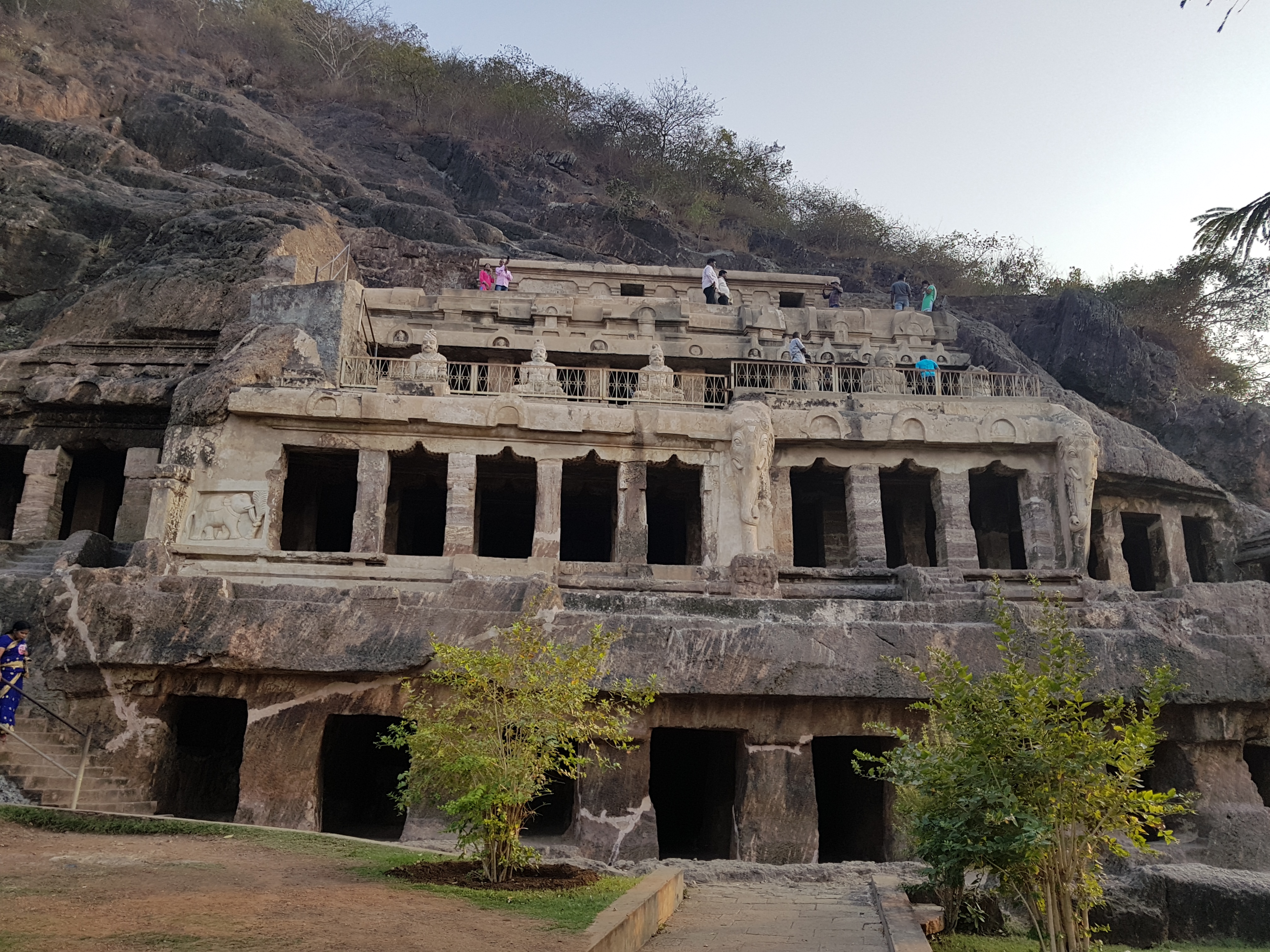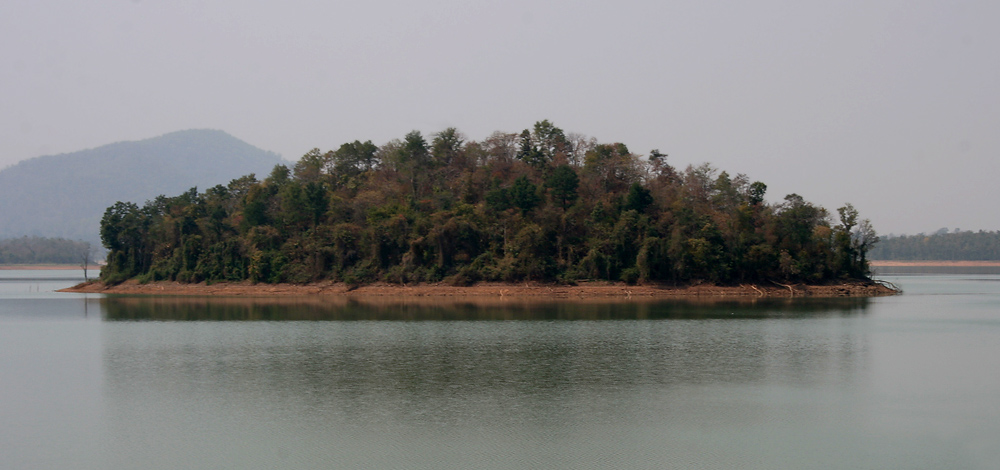Yadagirigutta Temple emerges as a profound spiritual sanctuary nestled in the serene hills of Telangana, embodying centuries of divine legend and architectural magnificence. Its origins trace back to the 13th century, when Sage Yadarshi's unwavering devotion attracted the divine manifestation of Lord Narasimha, transforming a modest 2,500 square yard shrine into a sprawling 14-acre spiritual complex that resonates with mythological significance.
The temple's architectural brilliance reflects a harmonious blend of Dravidian and Kakatiyan styles, constructed entirely from black granite sourced from Gurujapally. Its seven gopurams, particularly the Maharaja Gopuram crafted from 13,000 tonnes of granite, stand as a testament to ancient Indian architectural wisdom. The centrally air-conditioned Mukha Mandapam, featuring 12 massive pillars representing the 12 Alvars, further underscores the intricate design and spiritual symbolism embedded within its structure.
Central to the temple's spiritual narrative is the legendary appearance of Lord Narasimha in five distinct forms—Jwala, Yogananda, Gandabherunda, Ugra, and Lakshmi Narasimha. These divine manifestations, chronicled in the Skanda Purana, represent profound aspects of divine protection and spiritual energy. The temple's name, "Pancharama Narasimha Kshetra," directly stems from this mythological foundation, making it a powerful beacon of faith for millions of devotees.
Throughout its history, the temple has been a living testament to human devotion and spiritual resilience. Successive rulers and philanthropists have contributed to its expansion, transforming it from a quiet hilltop shrine to a grand spiritual complex. The temple's evolution mirrors the enduring faith of its patrons, with each architectural addition and renovation speaking to a collective commitment to preserving this sacred space.
The spiritual significance of Yadagirigutta extends beyond its physical structure. Pilgrims are drawn not just by its architectural grandeur but by the profound hope of experiencing a divine connection similar to Sage Yadarshi's legendary encounter. The golden Sudarshana Chakra gleaming atop the sanctum serves as a constant reminder of the divine presence, guiding souls toward inner peace and spiritual enlightenment.
Modern efforts, particularly by the Telangana government, have been instrumental in maintaining and enhancing the temple's cultural and spiritual legacy. Renovations have carefully preserved its traditional essence while accommodating the growing number of pilgrims. The temple remains open daily from 4:00 AM to 9:30 PM, offering various poojas and rituals that continue ancient spiritual traditions.
The temple's socio-cultural importance transcends religious boundaries. It represents a living narrative of faith, architectural innovation, and cultural continuity. The use of traditional construction techniques like lime mortar, which becomes stronger over time, symbolizes the temple's enduring spirit—much like the unwavering devotion of generations of pilgrims who have sought solace within its sacred precincts.
As a culmination of mythology, architectural brilliance, and spiritual energy, Yadagirigutta Temple stands as more than a mere religious site. It is a dynamic space where historical legends, divine mythology, and contemporary spiritual practices converge, offering visitors a profound journey into the depths of faith, hope, and divine connection.





